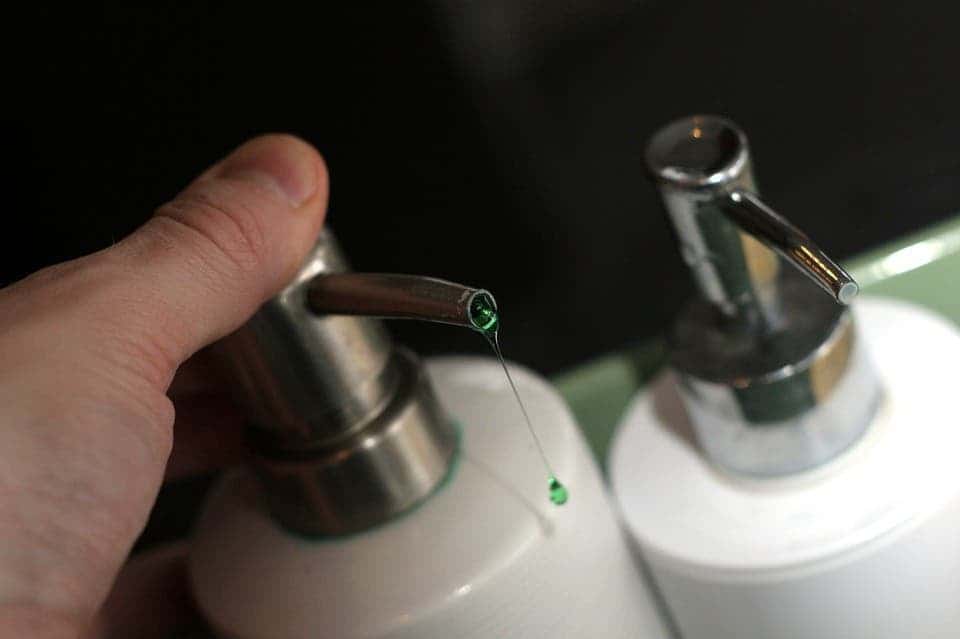Researchers have found that using cleaning products is effective at eradicating bacteria. However, the downside is cleansing the home of bacteria makes room for other microbes, such as fungi.

The findings were reported by researchers at the University of Oklahoma, who compared the microbial diversity in rural and urban homes from Peru and Brazil. They took samples from four locations in increasingly urban settings: from huts in the rainforest to city apartments in Manaus, the capital and largest city of the Brazilian state of Amazonas.
Samples were taken off the walls, floors, and countertops of the homes, as well as skin swabs from pets and people.
As the researchers converged towards more urban homes, bacterial diversity decreased, including so-called ‘good’ bacteria, some of which live in our gut. Meanwhile, fungal diversity actually increased in urban homes. Among them are fungi from the Malassezia genus, which contains strains that are known to cause infections.
This is probably due to the cleaning solutions that specifically target bacteria. Fungi, which have thick cell walls, are much harder to kill than your run-off-the-mill bacteria. And since urban homes are such good insulators, trapping CO2 and blocking sunlight, they’re also hospitable environments for the fungi. These differences in bacteria and fungi were also found on the skin of humans, not just in their homes.
“Maybe they’re scrubbing away all the bacteria and now you have this big open surface for fungi to grow on; maybe [the fungi] are also becoming more resistant to the cleaning agents that we use,” Laura-Isobel McCall, a biochemist at the University of Oklahoma, told NPR.
Besides bacteria, fungi, and some parasites, the researchers also tested the chemicals found inside the apartments. They found many more synthetic chemicals inside urban homes than in rural ones, sourced from items such as building materials, medications, and personal care products. In other words, urban environments are extremely artificial compared to rural ones — and these findings likely aren’t limited to Peru and Brazil.
If anything, this study shows that our efforts to sanitize our homes may never be satisfying. When you throw out one kind of germs, you’re just making room for other germs to break in.
The findings appeared in the journal Nature Microbiology.


